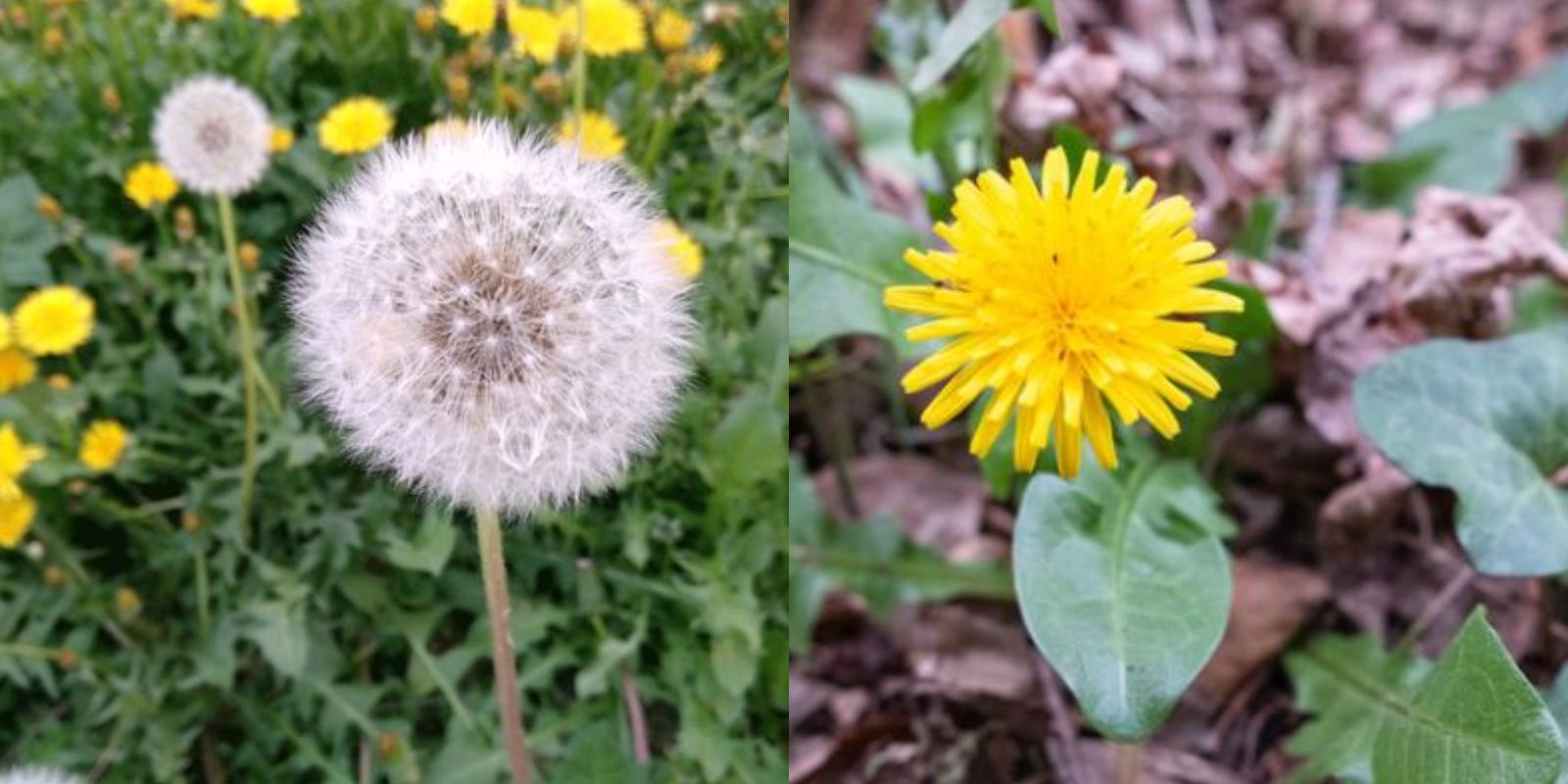Introduction
Dandelions, those bright yellow flowers found in fields and lawns, are often seen as little more than weeds. Yet beneath the surface, their roots harbor a wealth of nutritional and medicinal properties that have been valued for centuries. From digestive health to detoxification, dandelion roots can become a powerful addition to natural wellness routines, and you can harvest them right from your garden. In this article, we’ll delve into the remarkable benefits of dandelion roots, explain how to harvest them sustainably, and explore ways to incorporate them into your daily life.
1. The Nutritional and Medicinal Value of Dandelion Roots
Dandelion roots are rich in nutrients and bioactive compounds, making them a natural powerhouse:
- Inulin: A prebiotic fiber that supports gut health and feeds beneficial bacteria in the digestive system.
- Antioxidants: These help combat oxidative stress and reduce the risk of chronic diseases.
- Minerals: Dandelion roots contain iron, magnesium, and potassium, contributing to overall health.
- Bitter Compounds: Beneficial for liver function and bile production, these compounds aid digestion.
Traditionally, dandelion roots have been used to support liver health, aid digestion, and act as a mild diuretic, helping the body eliminate toxins. Modern herbalists also recognize dandelion root’s role in reducing inflammation and maintaining healthy blood sugar levels.
2. When and How to Harvest Dandelion Roots
To gain the maximum benefits from dandelion roots, it’s essential to harvest them correctly:
- Choose the Right Season: The roots are most potent in fall when nutrients are stored up. Harvesting in early spring, before the plant blooms, is also beneficial.
- Select Mature Plants: Younger dandelion plants have smaller roots, while mature plants, typically over two years old, have larger roots packed with nutrients.
- Use the Right Tools: A garden fork or small spade is ideal for loosening the soil around the roots. Be gentle to avoid breaking the roots.
Step-by-Step Guide to Harvesting Dandelion Roots
- Locate and Mark Mature Dandelions: Identify healthy dandelions, preferably those with deep green leaves, which indicate mature roots.
- Loosen the Soil: Use a garden fork to gently loosen the soil around the root. Avoid pulling the root directly, as this can break it.
- Remove and Clean the Roots: Carefully pull up the plant, shake off excess dirt, and rinse the roots in cool water. Ensure they’re free of soil to prevent contamination.
3. Preparing Dandelion Roots for Use
Once you’ve harvested the roots, there are several ways to prepare them for different uses:
- Fresh Roots: Fresh dandelion root can be chopped and used in teas or added to meals as a bitter herb.
- Dried Roots: Drying the roots extends their shelf life and makes them suitable for teas or tinctures. Place them in a well-ventilated area out of direct sunlight, or use a food dehydrator on low heat.
- Roasted Roots: Roasting dandelion root is a popular method for making a coffee alternative. After drying, chop the roots and roast them in the oven at 350°F for about 15 minutes until dark and fragrant.
4. Incorporating Dandelion Root into Your Routine
Dandelion root is versatile and easy to add to various health and wellness routines:
- Dandelion Root Tea: Simmer one to two teaspoons of dried root in boiling water for 10–15 minutes for a digestive-supporting tea.
- Dandelion Root Coffee: Grind roasted dandelion root and brew it like coffee. It provides a caffeine-free, slightly bitter coffee alternative.
- Tinctures and Capsules: For a concentrated dose, dandelion root tinctures or powdered capsules are available at health food stores or can be made at home.
5. Health Benefits of Dandelion Root
- Digestive Health: The inulin in dandelion root supports gut flora, aids digestion, and helps relieve constipation.
- Liver Detoxification: Compounds in dandelion root stimulate bile production, aiding in the liver’s detoxification process.
- Antioxidant Effects: Dandelion root is rich in antioxidants that can help protect cells from damage.
- Diuretic and Detoxifying Properties: Known as a natural diuretic, dandelion root can help flush out excess water and toxins, supporting kidney health.
6. Sustainability and Precautions
While dandelions are abundant, it’s still essential to harvest them sustainably:
- Leave Some Plants Behind: Avoid over-harvesting in a single area to allow for natural regeneration.
- Respect the Ecosystem: Dandelions play an important role in pollinator ecosystems, so consider leaving some plants untouched.
- Precautions: Dandelion root may interact with medications. Always consult with a healthcare provider before adding it to your wellness regimen, especially if you have health conditions or take medications.
7. Common Misconceptions and Fun Facts
- Dandelions as Weeds: Often seen as unwanted, dandelions are actually beneficial for soil health, helping to break up compacted earth.
- Historical Use: Dandelions have been used for centuries as both a food and a medicine across different cultures.
- Pollinator Support: Dandelions are one of the first flowers available to bees in early spring, making them essential for early pollinators.
8. Easy Recipes Using Dandelion Root
- Dandelion Root Smoothie: Blend a small amount of dandelion root powder into a smoothie with fruits and greens for a nutritious boost.
- Dandelion Root Vinegar: Infuse apple cider vinegar with fresh dandelion roots for a tangy addition to salads or dressings.
- Herbal Syrup: Simmer dried dandelion root with honey to create a sweet herbal syrup that supports digestion.
Conclusion
Dandelion roots offer an incredible array of benefits, from digestive support to liver health, that are just waiting to be harnessed. Growing naturally in many gardens, they’re a sustainable and accessible source of wellness. By incorporating dandelion roots into teas, tinctures, or even daily meals, you can unlock a natural remedy often overlooked in the modern world.
Dandelion roots are easy to harvest, simple to prepare, and versatile in their uses, making them an excellent addition to anyone’s health routine. So the next time you see these little yellow flowers, consider what lies beneath the soil—nature’s hidden powerhouse! 🌱🌼 #DandelionBenefits #HerbalHealing #NaturalRemedies #GardenWellness #DIYHerbalMedicine #EcoFriendly

